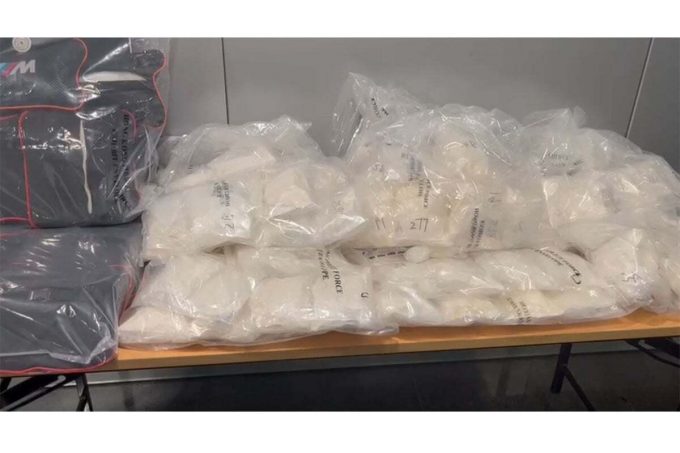Cooling demand increases warehousing vacancies, with rents inching down
Cooling demand has ended the long run of increasing warehousing costs and nudged the average ...

Border forces around the world are warning that despite making more drugs finds at container ports, they cannot know how much illegal trade is getting through.
In the past month, more than 570kg of cocaine has been intercepted at ports in Turkey, New Zealand and Hong Kong, but in August Dutch customs officials recorded their largest-ever seizure, some 23,000kg, with a street value of more than $650m.
And the Belgian border force told The Loadstar efforts to stop the flow of illicit substances through its major ports were paying off and clearly “hurting the criminals”.
But this has presented them with a new problem: the gangs are now targeting sites where seized cocaine is being stored in an effort to steal it back.
This month reports emerged of Antwerp port employees being threatened at knifepoint by individuals attempting to access one such seized container. Three weeks before that, half a dozen heavily armed criminals were intercepted just before they could steal cocaine stored in a secure location
Drugs-related violence continues to spike in Belgium, which seems to rapidly be becoming a focal point of the global drugs trade. During October, Belgian custom officers intercepted 40,000kg of cocaine.
The spokesperson said: “Cocaine production has increased in source countries and the number of users in Europe has risen.”
Earlier this year, Belgium signed agreements with Ecuador and Panama, while also agreeing to expand cooperation with the Costa Rican authorities in an effort to target drug sources, which, said the spokesperson, would only serve to improve levels of detection.
And in the US there is more focus on unifying approaches to stem the flow.
A US Customs and Border Protection (CBP) spokesperson said more than 45 tons of various illicit substances had been stopped by officers last year, the department having stepped up international partnerships through its Container Security Initiative.
“CBP has stationed teams of officers in foreign locations to work with our host foreign government counterparts,” the spokesperson told The Loadstar, “to establish security criteria for identifying high-risk containers. Our efforts promote a layered approach to supply chain security and raise our ability to cooperatively target and inspect shipments before they are shipped to US ports.”
Comment on this article